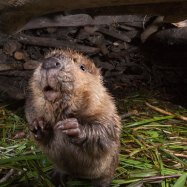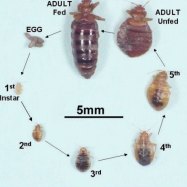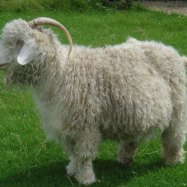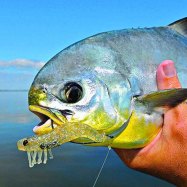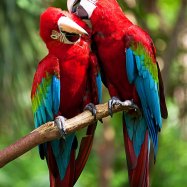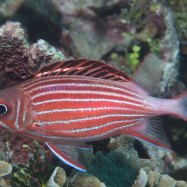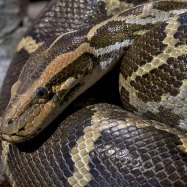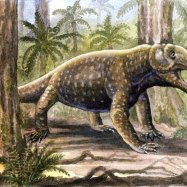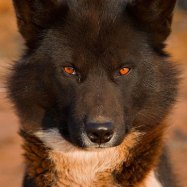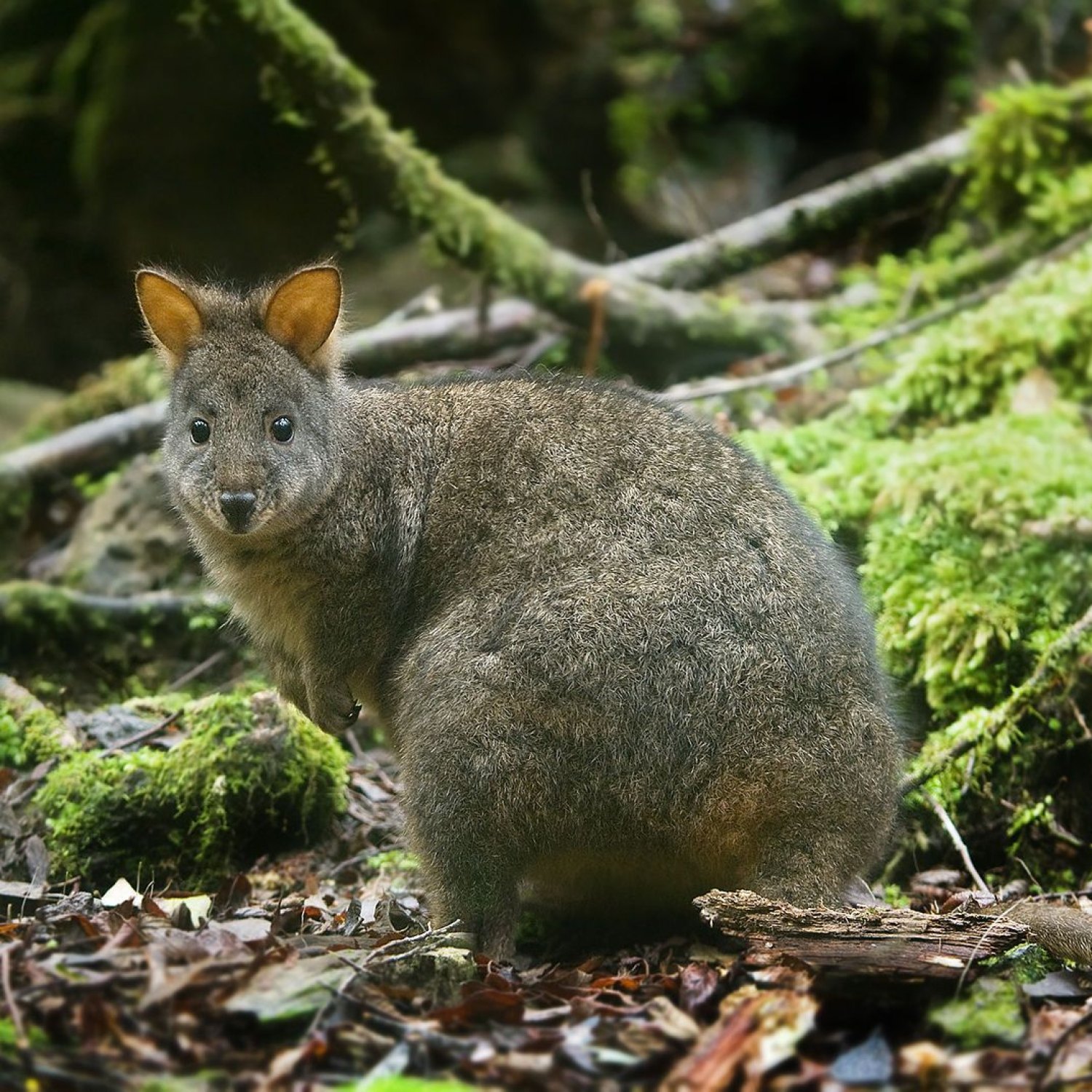
Pademelon
45-100 cm
The Pademelon, found in Eastern Australia, Tasmania, and New Guinea, is a small and compact marsupial from the Macropodidae family. With a length of 45-100 cm, it is similar to a small kangaroo. These shy and elusive creatures are known for their solitary nature and are often spotted in the dense, forested areas of their habitat. #Pademelon #Australia #Marsupial
Animal Details Summary:
Common Name: Pademelon
Kingdom: Animalia
Habitat: Tropical and subtropical rainforests, wet eucalypt forests
Pademelon: A Marvel of Nature's Design
If you've ever wandered through the Australian rainforests, you might have caught a glimpse of a small, elusive creature bouncing around in the underbrush. This little marsupial is the pademelon – a member of the Thylogale genus and a fascinating animal in its own right.The pademelon, also known as the rufous wallaby, is a small and compact member of the Macropodidae family. With various shades of brown, red, and gray coloring, it can easily blend into its forest habitat Pademelon. However, don't let its petite size deceive you – there's much more to the pademelon than meets the eye.
Let's dive into the world of the pademelon and uncover its unique characteristics, behaviors, and role in the ecosystem.
The Perfect Adaptations for Tropical and Subtropical Forests
The pademelon's scientific name, Thylogale, is derived from the Greek words "thylos" meaning pouch and "gale" meaning weasel. This name is fitting as the pademelon is a marsupial, meaning it carries and nurtures its young in a pouch.But the pademelon's most remarkable adaptation is its compact and sturdy body shape, perfect for navigating through the dense foliage of tropical and subtropical rainforests. This small size also allows it to take shelter in thick vegetation to avoid predators.
The animal's fur is another key adaptation – it is thick and water-resistant, providing insulation and protection from the elements. This is incredibly useful in the wet and humid eucalypt forests that the pademelon calls home.
A Herbivorous Diet for Survival
As a herbivore, the pademelon's diet primarily consists of various plant matter such as grass, leaves, fruits, and fungi Philippine Cobra. Its small size allows it to reach for low-growing vegetation, including dense foliage, and it supplements its diet with fallen fruits and nuts found on the forest floor.Due to their plant-based diet, pademelons play a crucial role in seed dispersal and plant pollination within their ecosystem. They are also an essential source of food for larger predators in the area, contributing to the balance and health of the environment.
Geographical Distribution and Country of Origin
The pademelon has a vast geographical distribution, inhabiting parts of Australia, New Guinea, and Indonesia. However, these animals are mostly found on the eastern side of Australia, with small populations spreading into Tasmania and New Guinea.In Australia, the pademelon can be found in the rainforests along the eastern coast, from the northeastern tip of Queensland all the way to Victoria in the south.
But Australia is its country of origin, and it is an important part of the country's diverse ecosystem. This marsupial has been a crucial part of the continent's fauna for millions of years, and its contribution to the ecosystem is immeasurable.
Unique Characteristics of the Pademelon
Aside from its physical adaptations, the pademelon has several unique characteristics that make it stand out from other members of the Macropodidae family.One of the most interesting characteristics of the pademelon is its mating process. While most marsupials have a specific breeding season, pademelons can breed all year round. The female pademelon has a gestation period of about 30 days, after which it gives birth to a tiny, underdeveloped joey. This joey spends the next 6 to 8 months in its mother's pouch, with additional time spent in and out of the pouch until fully weaned.
Another notable characteristic of the pademelon is its ability to swim. This adaptation allows it to cross bodies of water to find new food sources or escape predators. However, they are not commonly known to swim long distances but can do so in emergencies.
A Threatened Species in Need of Protection
Despite its essential role in the ecosystem, the pademelon is considered a threatened species. One of the leading causes of this decline is habitat loss due to deforestation and urbanization. The clearing of forests for agriculture, residential development, and infrastructure projects has resulted in major habitat fragmentation for the pademelon.In addition, the pademelon is also hunted for its meat and fur, posing another threat to its survival. As a result, conservation efforts are underway to protect and preserve their population, including reintroducing them to areas where they have become locally extinct.
In Conclusion
The pademelon is a marvel of nature's design – a small marsupial with a vital role in the ecosystem. Its adaptations and unique characteristics have allowed it to thrive in the challenging environment of tropical and subtropical rainforests.These animals are not only essential for the health and balance of their habitat, but they also provide a glimpse into the diversity of Australian fauna. As we continue to navigate the delicate balance between development and conservation, it is crucial to recognize and protect the pademelon and other threatened species to ensure the survival of our planet's biodiversity.
So next time you're exploring the Australian rainforests, keep your eyes peeled for a glimpse of this fascinating creature – the pademelon.

Pademelon
Animal Details Pademelon - Scientific Name: Thylogale
- Category: Animals P
- Scientific Name: Thylogale
- Common Name: Pademelon
- Kingdom: Animalia
- Phylum: Chordata
- Class: Mammalia
- Order: Diprotodontia
- Family: Macropodidae
- Habitat: Tropical and subtropical rainforests, wet eucalypt forests
- Feeding Method: Herbivorous
- Geographical Distribution: Australia, New Guinea, Indonesia
- Country of Origin: Australia
- Location: Eastern Australia, Tasmania, New Guinea
- Animal Coloration: Various shades of brown, red, and gray
- Body Shape: Small and compact
- Length: 45-100 cm
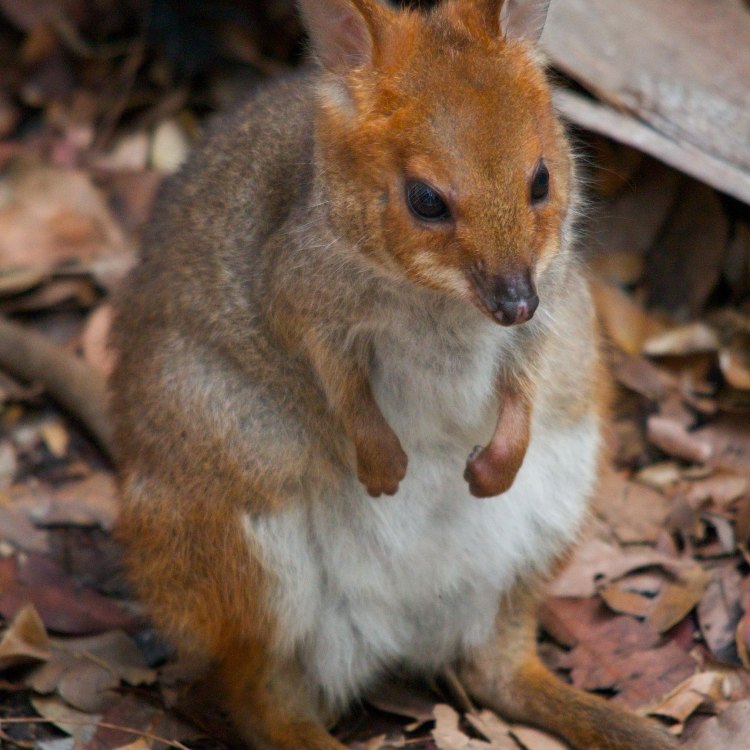
Pademelon
- Adult Size: Similar to a small kangaroo
- Average Lifespan: Around 6-8 years
- Reproduction: Marsupial
- Reproductive Behavior: Breeding season is mainly in the winter months
- Sound or Call: Various vocalizations including soft clucking or whistling sounds
- Migration Pattern: Non-migratory
- Social Groups: Solitary or in small groups
- Behavior: Nocturnal and primarily active during the night
- Threats: Habitat loss and fragmentation, predation by introduced feral animals
- Conservation Status: Least Concern
- Impact on Ecosystem: Important role as seed dispersers
- Human Use: Hunted for meat and fur in some areas
- Distinctive Features: Small size, long tail, and short front limbs
- Interesting Facts: Pademelons are excellent swimmers and can swim long distances
- Predator: Dingoes, foxes, and large birds of prey
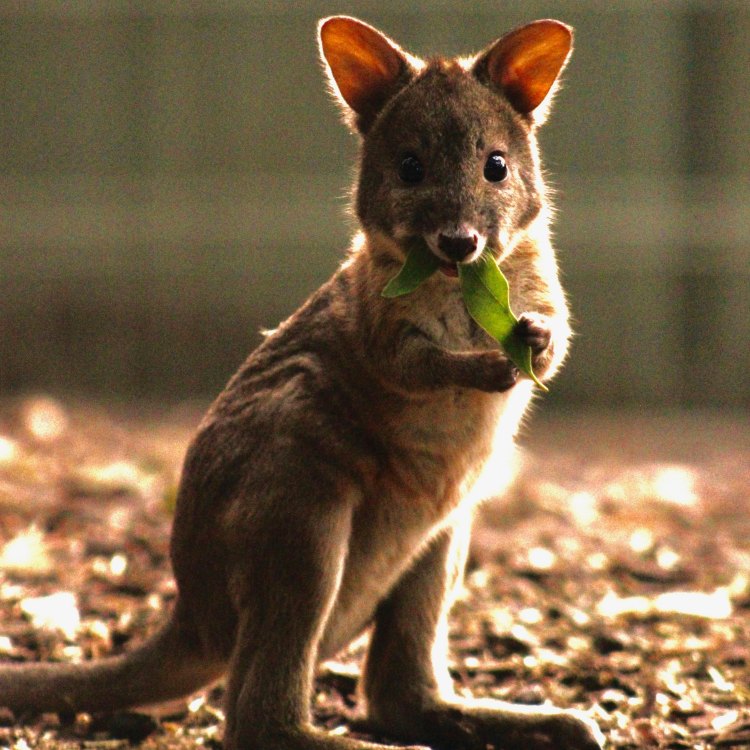
Thylogale
The Enigmatic Pademelon: A Fascinating Australian Marsupial
Australia is known for its unique and diverse wildlife, and among the many fascinating creatures that call this continent home, the pademelon stands out as one of the most enigmatic. Often mistaken for a small kangaroo, this marsupial has many distinctive features and behaviors that make it truly one-of-a-kind. In this article, we will take a closer look at the intriguing pademelon and uncover some of its lesser-known features and behaviors.A Small But Mighty Marsupial
The pademelon (Thylogale species) is a small marsupial, found in the eastern and southeastern regions of Australia and some parts of New Guinea PeaceOfAnimals.Com. It belongs to the same family as kangaroos and wallabies, but unlike its larger cousins, it has a size comparable to that of a medium-sized domestic cat, making it one of the smallest macropods (a term used to describe marsupials with large hind feet) in Australia.On average, pademelons weigh between 4 to 10 kilograms, and they typically measure between 60 to 85 centimeters in length, including their tail. But their small size doesn't make them any less impressive. These creatures possess incredible agility and speed, allowing them to outrun most predators and navigate through dense vegetation with ease.
The Lifespan of a Pademelon
Like most marsupials, pademelons have a relatively short lifespan. On average, they live for about 6 to 8 years in the wild, but in captivity, they have been known to live up to 10 years. This relatively short lifespan is due to their high vulnerability to habitat loss and fragmentation, as well as predation by feral animals.Marsupial Reproduction and Unique Breeding Behavior
As a marsupial, the pademelon has a unique reproductive process. Females have a short pregnancy, lasting only about 30 days, after which they give birth to a tiny, underdeveloped joey Parti Schnauzer. The joey then climbs up to its mother's pouch, where it continues to develop and grow for the next few months, relying on its mother for nutrition and protection.What sets pademelons apart from other kangaroo species is their breeding behavior. They have a specific breeding season, which is usually in the cooler months of winter, from June to August. During this time, male pademelons are more active and vocal, making various soft clucking and whistling sounds to attract females. This behavior is commonly known as courtship vocalization, and it is a crucial part of the pademelon's reproductive cycle.
A Nighttime Creature
Another unique aspect of the pademelon is its nocturnal behavior. These creatures are primarily active during the night, which makes them challenging to spot during the day. They are solitary animals, but they may gather in small groups of two or three during the breeding season.At night, pademelons roam their territory in search of food. They have a varied diet, feeding on different types of grasses, herbs, and shrubs. They are also known to be excellent climbers, using their strong hind feet and long tail for balance as they hop and leap through the dense underbrush.
Threats to the Pademelon's Survival
Like many other species in Australia, the pademelon faces numerous threats to its survival. The most significant threat is habitat loss and fragmentation. As human development and urbanization continue to encroach on natural habitats, pademelons and other wildlife are losing their homes and food sources.Another major threat to pademelons and other native Australian species is the introduction of feral animals, particularly foxes and feral cats. These predators have had a devastating impact on native marsupial populations, as they have no natural predators and can reproduce at alarming rates.
Conservation Status and Role in the Ecosystem
Despite these threats, the overall population of pademelons is currently considered to be of least concern, according to the International Union for Conservation of Nature (IUCN). However, continued conservation efforts are necessary to ensure that their population remains stable and to protect their natural habitats.Pademelons play a crucial role in the ecosystem as seed dispersers. As they move through their territory, they spread seeds from the plants and fruits they feed on, helping to maintain the diversity of vegetation in their habitats.
Human Use and Hunting of Pademelons
In some areas, pademelons are also hunted by humans for their meat and fur. These animals have been a source of food for indigenous communities for thousands of years. Today, hunting of pademelons is highly regulated, and strict guidelines are in place to ensure sustainable and ethical practices are followed. However, poaching and illegal hunting still pose a threat to their population.Distinctive Features and Interesting Facts
The pademelon has many unique physical traits that set it apart from other macropods. As mentioned earlier, its small size is one of its most distinctive features. It also has short front legs and a long tail, which it uses for balance while hopping and climbing. Its fur is a reddish-brown color, with lighter shades on the underbelly, and it has a darker stripe running down its back. This coloration provides excellent camouflage in their forest habitat.One of the most interesting and lesser-known facts about pademelons is that they are skilled swimmers. Unlike many other marsupials, these creatures are not afraid of water and can swim long distances. This ability is believed to be an adaptation to their habitat, which is often near bodies of water.
Pademelon Predators
Like all animals, pademelons have natural predators that keep their population in check. Their main predators include dingoes, foxes, and large birds of prey such as wedge-tailed eagles. However, as mentioned earlier, the introduction of feral animals has disrupted this delicate balance, posing a significant threat to the pademelon's survival.In Conclusion
In the vast world of Australian wildlife, the pademelon may not be as well-known as its larger and more iconic relatives. However, this small marsupial is a fascinating creature with unique features and behaviors that make it a vital part of its ecosystem. Despite facing threats to its survival, ongoing conservation efforts and a better understanding of this enigmatic species can help ensure its continued existence for generations to come.
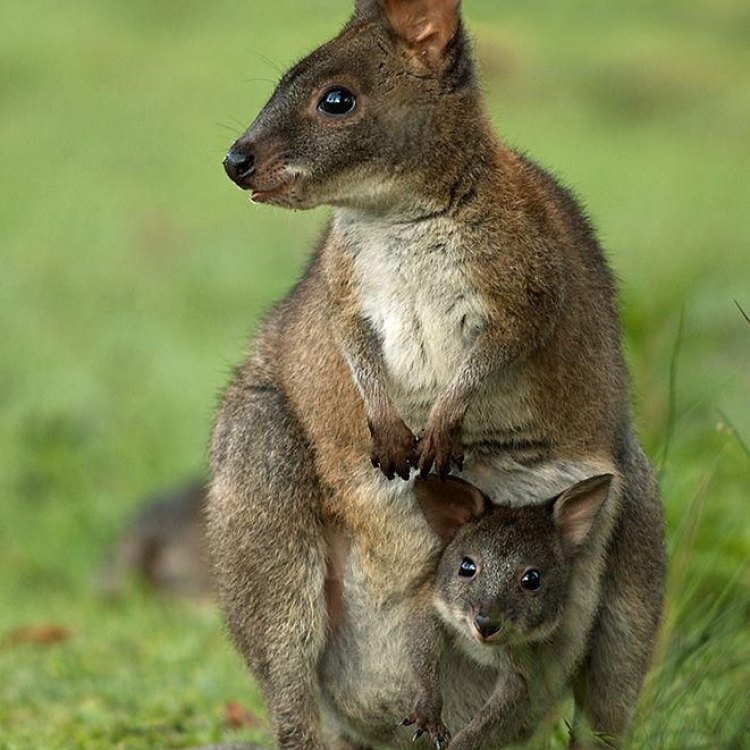
Pademelon: A Marvel of Nature's Design
Disclaimer: The content provided is for informational purposes only. We cannot guarantee the accuracy of the information on this page 100%. All information provided here may change without prior notice.

